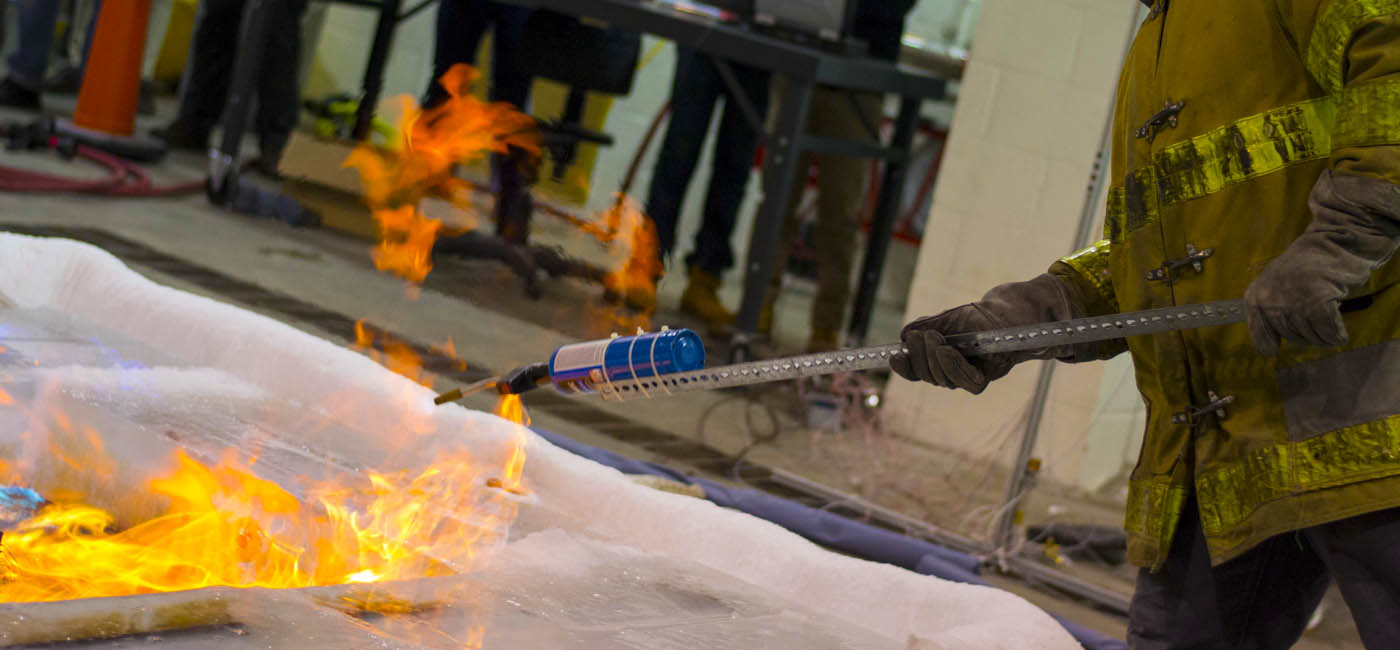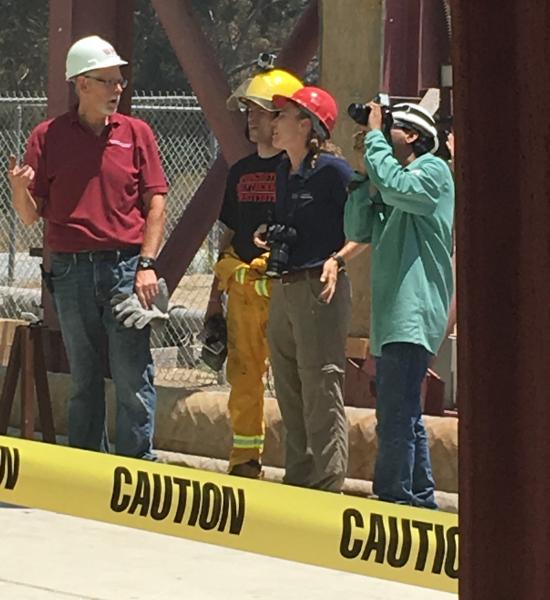Earthquakes are one of nature’s most destructive forces, each year causing catastrophic damage and disrupting lives around the globe. Sitting atop one of the world's most active geologic areas, Southern California is particularly prone to quakes. A 2008 United States Geological Survey report warned that a 7.8 magnitude tremor on the San Andreas Fault could cause more than 1,800 deaths, 50,000 injuries, and $200 billion in damage. While the shaking from earthquakes is destructive, fires that can break out afterward can do even greater damage. A 2012 study by WPI fire protection engineers showed that earthquake-related damage to a building's structural elements and fire protection systems can accelerate the spread of fires and make it harder for firefighters to respond and occupants to evacuate.
That study, led by Brian Meacham, PhD, associate professor of fire protection engineering, was conducted in a five-story concrete building constructed atop one of the world's largest outdoor shake tables. Located at the Englekirk Structural Engineering Center, the facility is part of the University of California San Diego Jacobs School of Engineering. WPI's tests were part of a larger study, sponsored by the National Science Foundation and industry, on the effects of quakes on building structures and systems.


